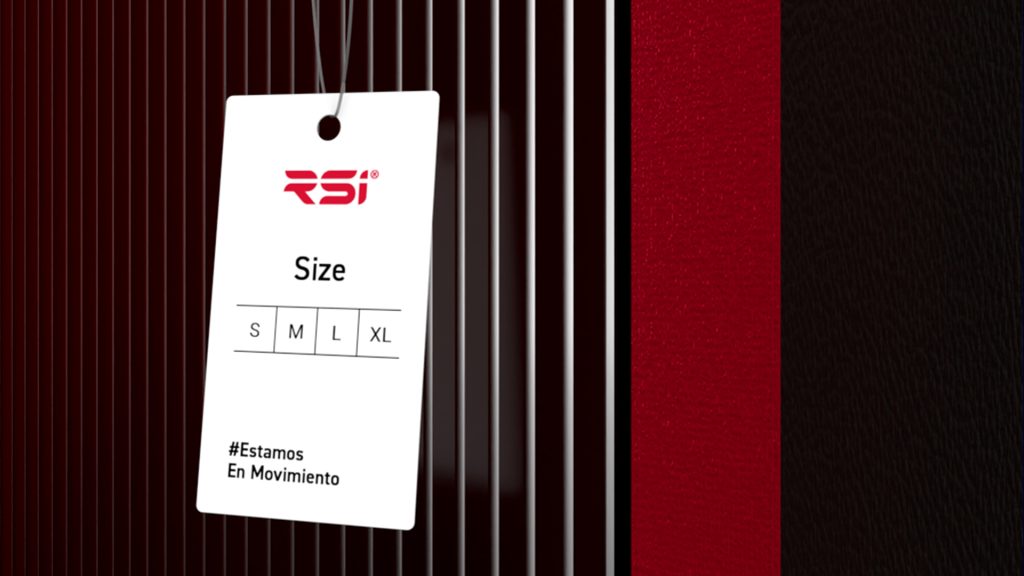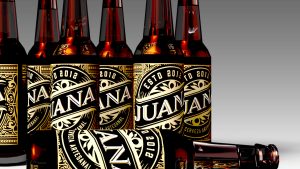Clothing labels might seem like a small detail, but they play a crucial role in the garment’s functionality and consumer experience. These little tags serve a variety of purposes, helping you care for your clothes properly, identify the brand and size, and even communicate ethical or sustainable practices.
Here’s a closer look at the different uses of clothing labels and why they’re important:
- Care Instructions: These labels, typically sewn into the inner side seam, provide vital information on how to wash, dry, iron, and bleach your garment. Following these instructions ensures your clothes maintain their shape, color, and lifespan.
- Content Labels: These labels disclose the fabric composition (e.g., cotton, polyester) of the garment. This information helps consumers identify potential allergens or choose breathable materials suitable for their needs. They’re usually found on the care label or a separate neck label.
- Size Labels: These labels clearly indicate the garment’s size (e.g., small, medium, large) according to a standardized system. They’re typically located on the inner neck seam or waistband to help consumers choose the best fitting piece.
- Brand Labels: These labels display the clothing brand’s logo or name, often located on the outer neck seam or a prominent exterior location. They serve as a marketing tool and add a touch of branding to the garment.
- Country of Origin: This label specifies the country where the garment was manufactured. It’s often found on the care label and can be a deciding factor for consumers who prioritize ethical sourcing or support local production.
By incorporating these different types of labels, clothing manufacturers provide consumers with essential information and contribute to a positive garment experience. In the next section, we’ll explore the variety of materials used to create these important clothing labels.
What are Clothing Labels Made Of?
The material chosen for clothing labels plays a significant role in their functionality, durability, and aesthetics. Here’s a breakdown of some common clothing label materials and their ideal use cases:
- Woven Labels: Woven from threads like cotton, polyester, or nylon, these labels offer a premium look and feel. They’re particularly suitable for branded labels or care instructions that need to withstand frequent washing and abrasion. You’ll often find them sewn onto high-quality garments, outerwear, and bags.
- Printed Labels: Made from materials like satin, nylon, or polyester, these labels offer versatility in terms of design and information display. They’re perfect for care instructions, size labels, or washing symbols because clear printing is crucial. Depending on the material, printed labels can be heat-sealed directly onto the garment or sewn into the seam.
- Tafeta Labels: Similar to satin but with a slightly crisper texture, tafeta labels are a budget-friendly option for care instructions or size labels. They offer good printability and durability for general wear and tear.
- Cotton Labels: Made from natural cotton fibers, these labels provide a soft and comfortable feel against the skin. They’re ideal for use on underwear, children’s clothing, or garments worn next to the skin. However, cotton labels may not be as durable as synthetic options for frequent washing cycles.
- Leather Labels: These labels exude luxury and elegance, often used on high-end clothing, jackets, and bags. Leather labels are highly durable but require special care instructions.
Choosing the right material depends on several factors, including:
- Functionality: Consider the intended use of the label. Care instructions need durability, while branded labels can prioritize aesthetics.
- Garment Type: Match the label material to the garment’s fabric and care needs. For instance, cotton labels suit breathable clothing, while woven labels work well on tougher materials.
- Cost: Woven and leather labels offer a premium look but come at a higher price. Printed or tafeta labels provide a more cost-effective option.
By understanding the strengths and weaknesses of each material, clothing manufacturers can select the perfect label to complement their garment and enhance the consumer experience.
Generic vs. Custom Made Labels: Tailoring Your Brand Identity
Clothing labels come in two main categories: generic and custom made. Each offers distinct advantages depending on your needs:
- Generic Labels: These pre-made labels contain standard information like size or common care symbols. They’re a cost-effective solution for start-up businesses or small production runs. Generic labels are readily available from suppliers and come in a variety of stock sizes and materials. However, they lack brand recognition and don’t allow for unique design elements. You might find them on plain T-shirts or basic underwear.
- Custom Made Labels: These labels are designed and manufactured specifically for your brand. They offer complete control over the design, including your logo, branding colors, and specific care instructions. Custom labels enhance brand recognition and create a professional image. They’re ideal for established brands, high-end clothing, or businesses wanting to distinguish themselves from the competition. The downside is custom labels typically involve higher minimum order quantities and may have longer production times.
Here’s a quick breakdown of when to use each type of label:
- Use Generic Labels: For basic clothing items, small production runs, or testing new designs.
- Use Custom Labels: For established brands, high-quality garments, promoting brand identity, or differentiating yourself in the market.
Ultimately, the choice between generic and custom labels depends on your budget, brand goals, and production needs. For businesses just starting out, generic labels can be a practical starting point. As your brand grows and establishes itself, custom labels become a powerful tool to showcase your unique identity and elevate your garment’s perceived value.
Lior Rubin
Strategic Partner RSI Mexico









